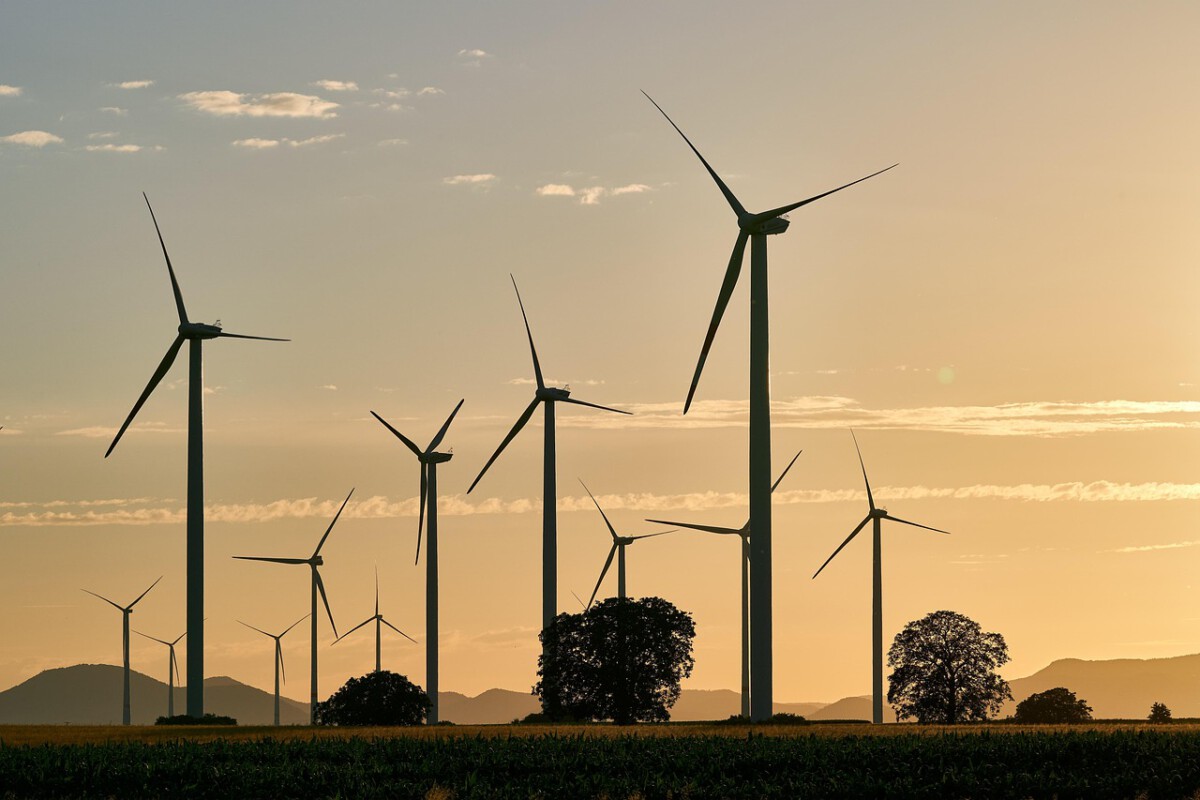Sweden: A Model of Renewable Energy
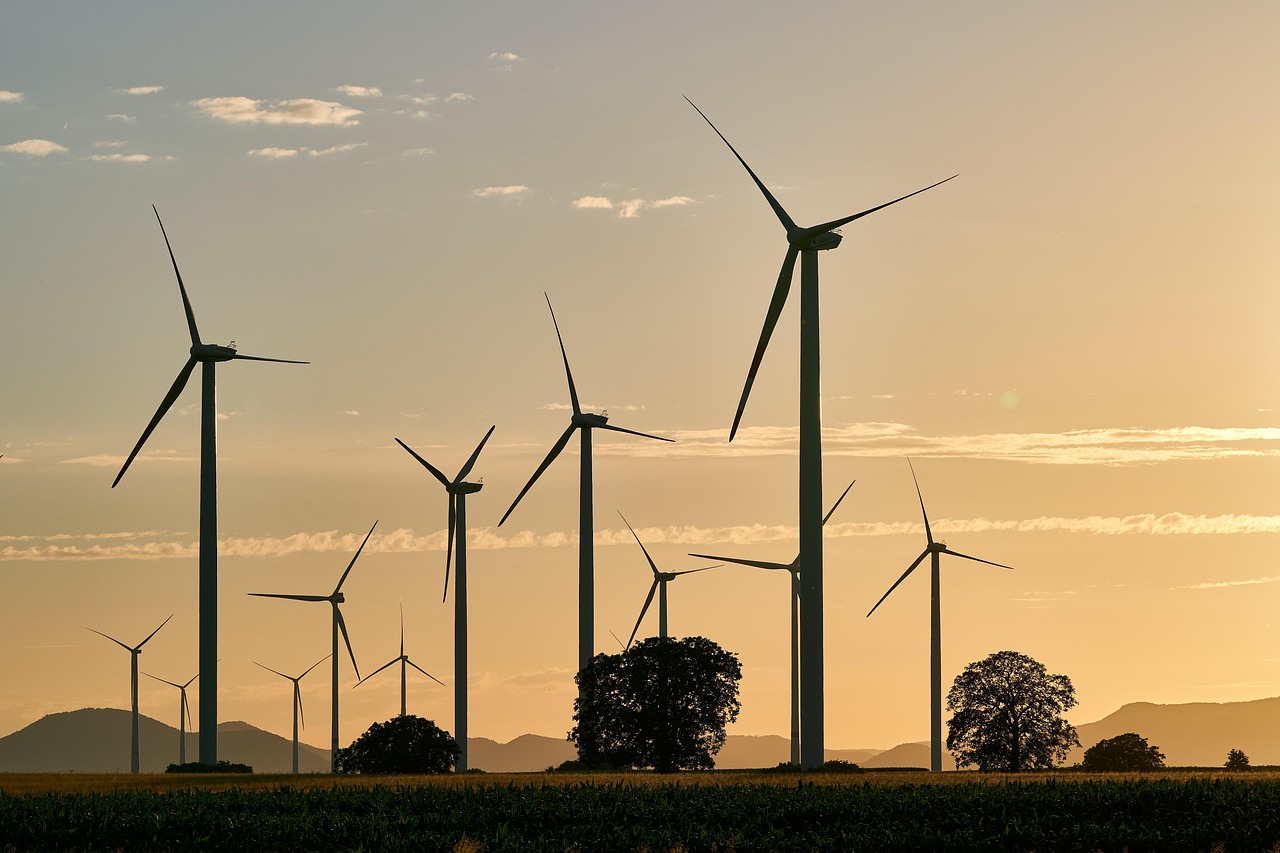
Sweden stands out as a trailblazer in the global push for sustainability, and the numbers back it up. As of 2024, over 54% of Sweden’s energy comes from renewable sources, setting a benchmark for other countries eyeing a green transition. The Swedish government has set its sights on becoming carbon neutral by 2045—a goal that feels ambitious but increasingly achievable thanks to massive investments in wind and solar energy. In 2023, a nationwide initiative targeted a 30% reduction in energy consumption in buildings by 2030, focusing on smarter insulation, heating, and lighting solutions. It’s not just about policy, though; the Swedish public has embraced electric vehicles wholeheartedly, with more than half of new cars sold in 2024 being electric. This shift is supported by robust infrastructure and incentives, making clean transportation accessible to everyone. Sweden’s climate agenda also includes strict recycling rules and a commitment to environmental education. The country’s dedication is a living example of how government action and public enthusiasm can drive real change.
Denmark: Wind Energy Pioneer
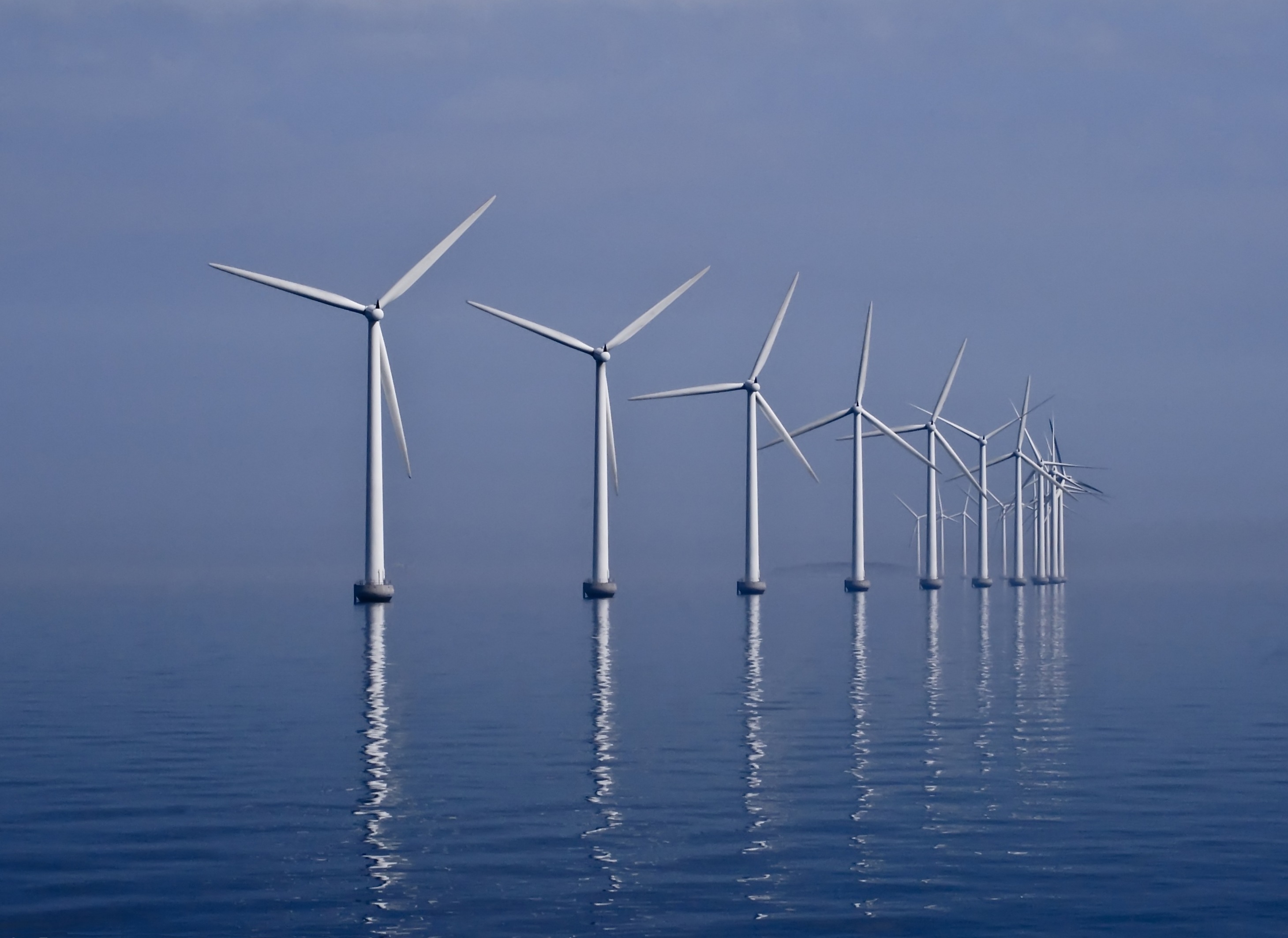
Denmark’s windswept landscape has become a symbol of green progress, thanks to its pioneering work in wind energy. In 2024, wind turbines generated 47% of Denmark’s electricity—a jaw-dropping statistic that puts most nations to shame. The government isn’t resting on its laurels, either. Denmark aims to cut greenhouse gas emissions by 70% come 2030, and each year brings fresh milestones. In 2023, Denmark launched an offshore wind farm expected to power 1.5 million homes, further solidifying its status as a clean energy powerhouse. But the Danish sustainability story doesn’t end with wind power. The country enforces strict pesticide regulations to protect soil and water, and invests heavily in sustainable agriculture. Danish innovation in green technology is celebrated worldwide, with local startups and established firms alike developing solutions for cleaner cities, smarter energy use, and greener lifestyles. The momentum is unmistakable, and Denmark’s model is inspiring imitators across Europe and beyond.
Finland: Circular Economy Champion
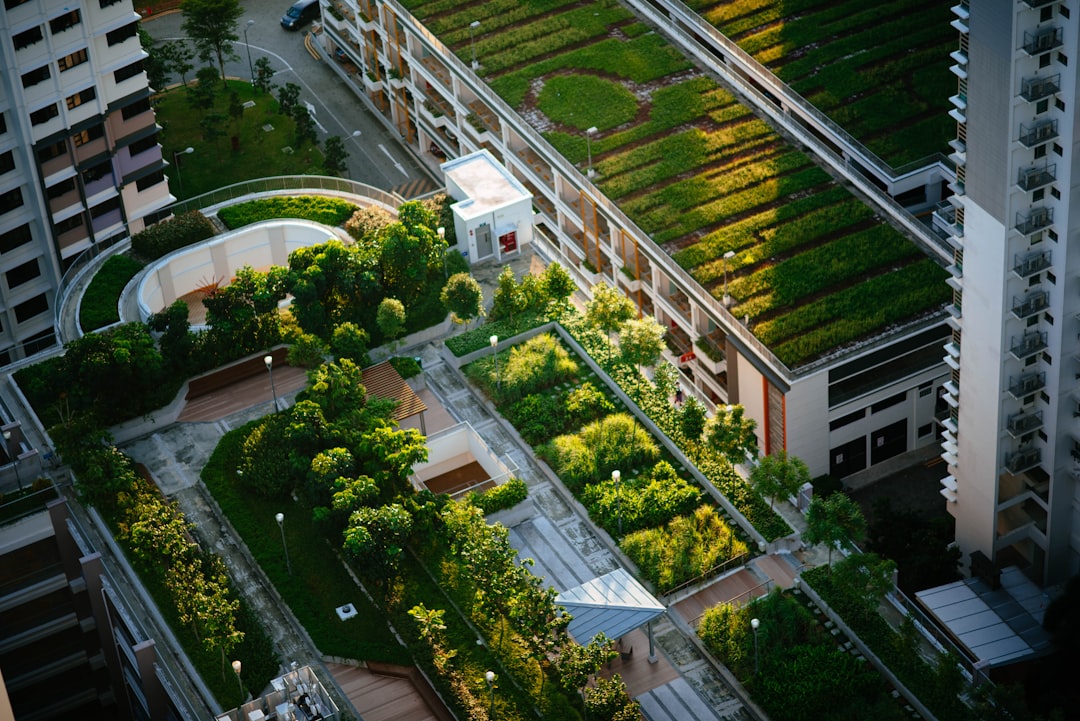
Finland’s approach to sustainability is all about closing the loop—literally. The nation is a global champion of the circular economy, where waste is minimized and everything gets a second life. As of 2024, 43% of Finnish waste was recycled, a rise that reflects both government mandates and an eco-conscious population. Finland is targeting carbon neutrality by 2035, with strong policies encouraging businesses to adopt green practices. The number of eco-friendly startups grew by 25% in 2023, thanks to a mix of incentives and public support. Sustainable forestry is another Finnish hallmark, with careful management ensuring that forests remain healthy and diverse for generations. Biodiversity isn’t just a buzzword here—it’s a priority, with habitats and rare species receiving special protection. Even in cities, the push for sustainability is visible, from urban gardening projects to smart transportation systems. Finland’s blend of high-tech solutions and traditional respect for nature makes for a compelling and effective sustainability strategy.
Norway: Electric Vehicle Leader
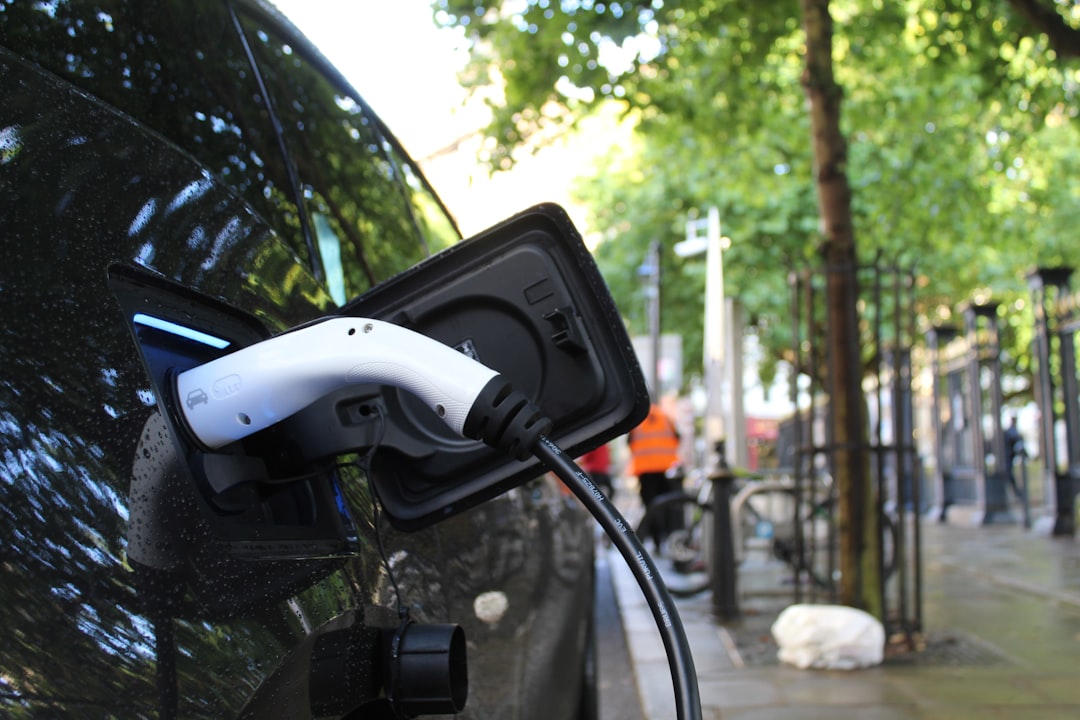
Norway’s roads tell a story of change. In 2024, over 80% of new cars sold in Norway were electric, a world-leading figure that has become a source of national pride. This feat didn’t happen overnight—it’s the result of years of government incentives, including generous tax exemptions, free public charging stations, and perks like toll-free roads for electric vehicles. Norway plans to phase out fossil fuel cars entirely by 2025, a goal that feels well within reach given current trends. The country’s sustainability push doesn’t stop at transportation. In 2023, Norway rolled out new rules to improve sustainability in fishing and aquaculture, aiming to protect marine ecosystems from overexploitation and pollution. Hydropower continues to supply almost all of Norway’s electricity, minimizing the country’s carbon footprint. With a population that actively supports these policies, Norway is a shining example of what’s possible when citizens and government work together for the planet.
New Zealand: Biodiversity Protector
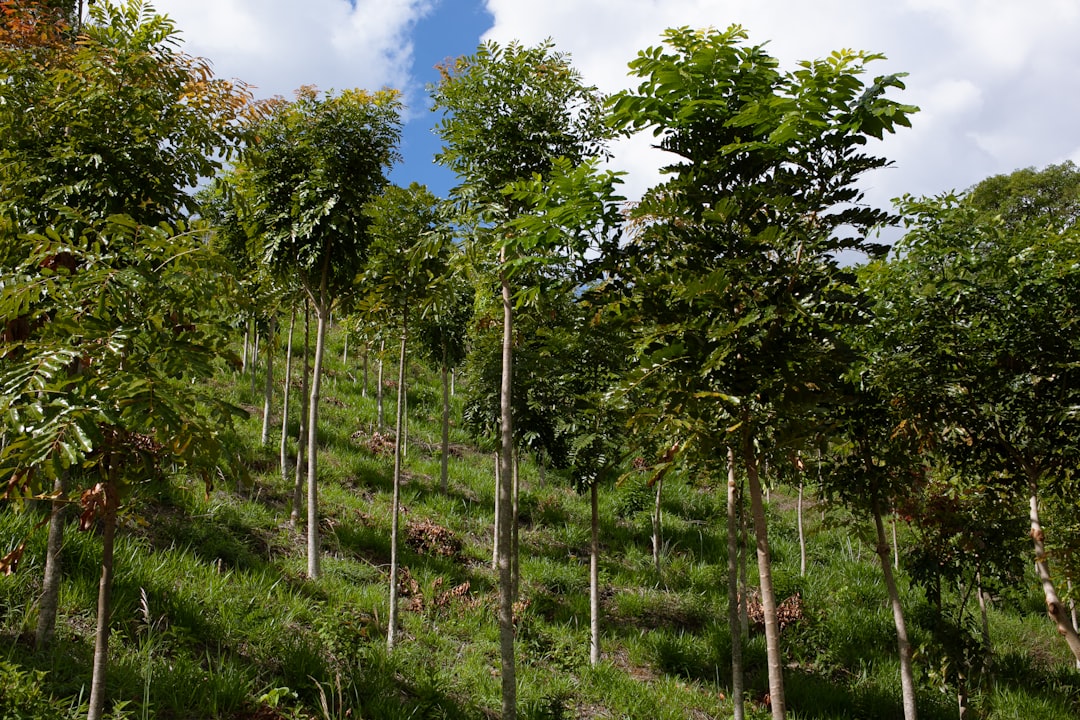
New Zealand’s green image isn’t just about beautiful scenery—it’s backed by bold action. Over 30% of the country’s land is protected, making it a global leader in conservation. In 2024, a government initiative kicked off to restore native forests, with an ambitious goal of planting 1 billion trees by 2030. New Zealand’s climate targets are just as striking: by 2030, the country aims to halve its emissions, a commitment that’s driving changes in agriculture, energy, and transport. Sustainable tourism is another big focus, with the government encouraging visitors to tread lightly and support eco-friendly businesses. Indigenous knowledge plays a key role in conservation, weaving traditional wisdom into modern policy. Wildlife protections, reforestation, and a push to save endangered species are all part of the package. New Zealand’s efforts show that sustainability can be both a cultural value and a national mission, with benefits for both people and nature.
Germany: Renewable Energy Transition
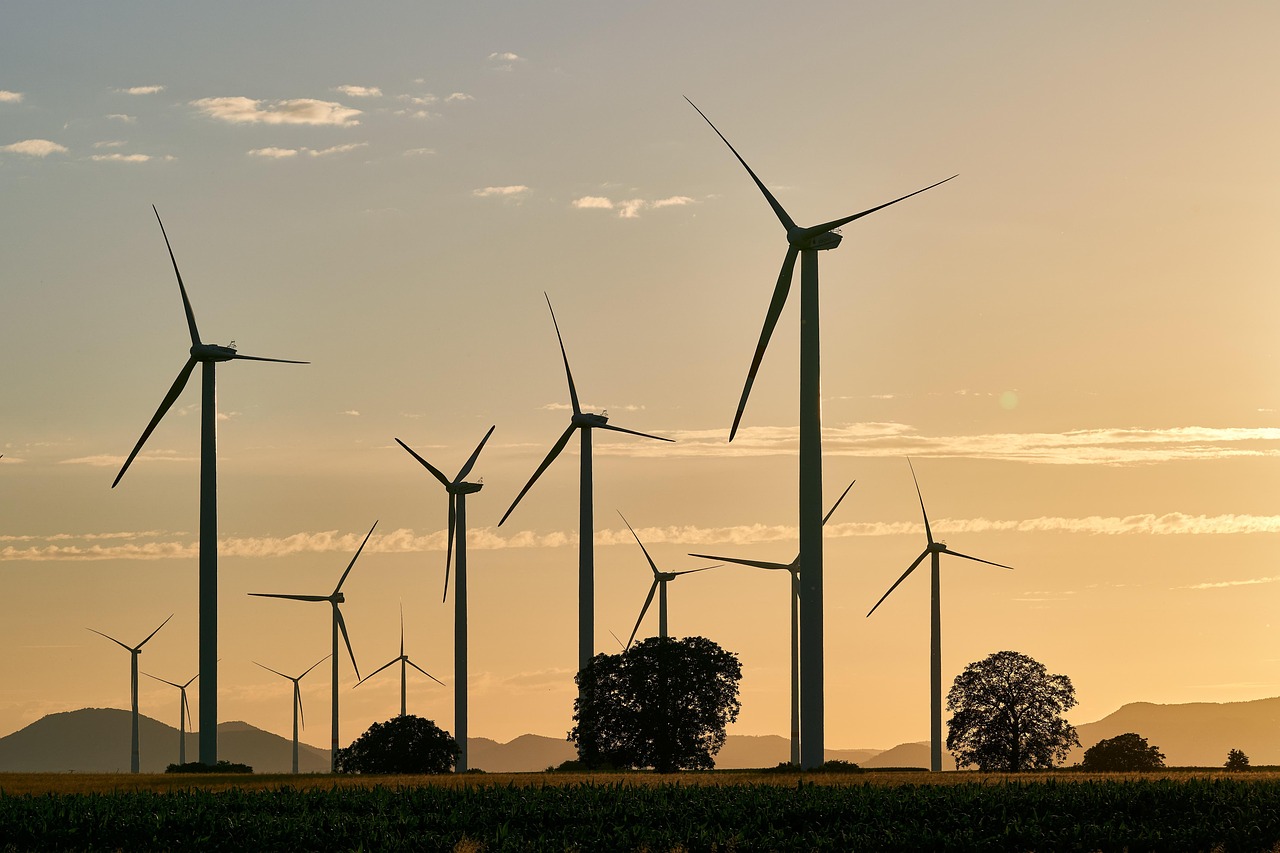
Germany’s journey toward sustainability is marked by its ambitious “Energiewende” or energy transition. As of 2024, more than 40% of the country’s electricity came from renewable sources like wind and solar. The government has pledged to phase out coal by 2038 and is targeting a 65% renewable share by 2030. In 2023, a major new program offered subsidies for energy-efficient home retrofits and solar panel installations, making it easier for everyday Germans to go green. Germany’s push extends to transportation, with new infrastructure for electric cars and an emphasis on cycling and public transit. The country’s strict recycling laws have also set global standards, with high rates of household waste separation and reuse. Industry is getting on board, too, as companies are required to meet higher environmental benchmarks. Germany’s steady, methodical approach proves that big economies can change course without sacrificing prosperity.
Canada: Climate Action Advocate

Canada’s vast wilderness is both a treasure and a responsibility, and recent years have seen the government step up to protect it. By 2024, Canada committed $10 billion to green infrastructure and clean technology, aiming to reach net-zero emissions by 2050. The country is also working to conserve 30% of its land and oceans by 2030, a promise that puts it among global leaders in biodiversity protection. Indigenous-led conservation is a standout feature, with traditional knowledge guiding new approaches to land and wildlife management. Canada’s clean energy sector is booming, with hydropower, wind, and solar projects popping up from coast to coast. The government is also pushing for greener buildings and low-carbon transportation, offering incentives for everything from heat pumps to electric buses. These steps are helping Canada chip away at its carbon footprint while showing that economic growth and environmental stewardship can go hand in hand.
Netherlands: Water Management Innovator
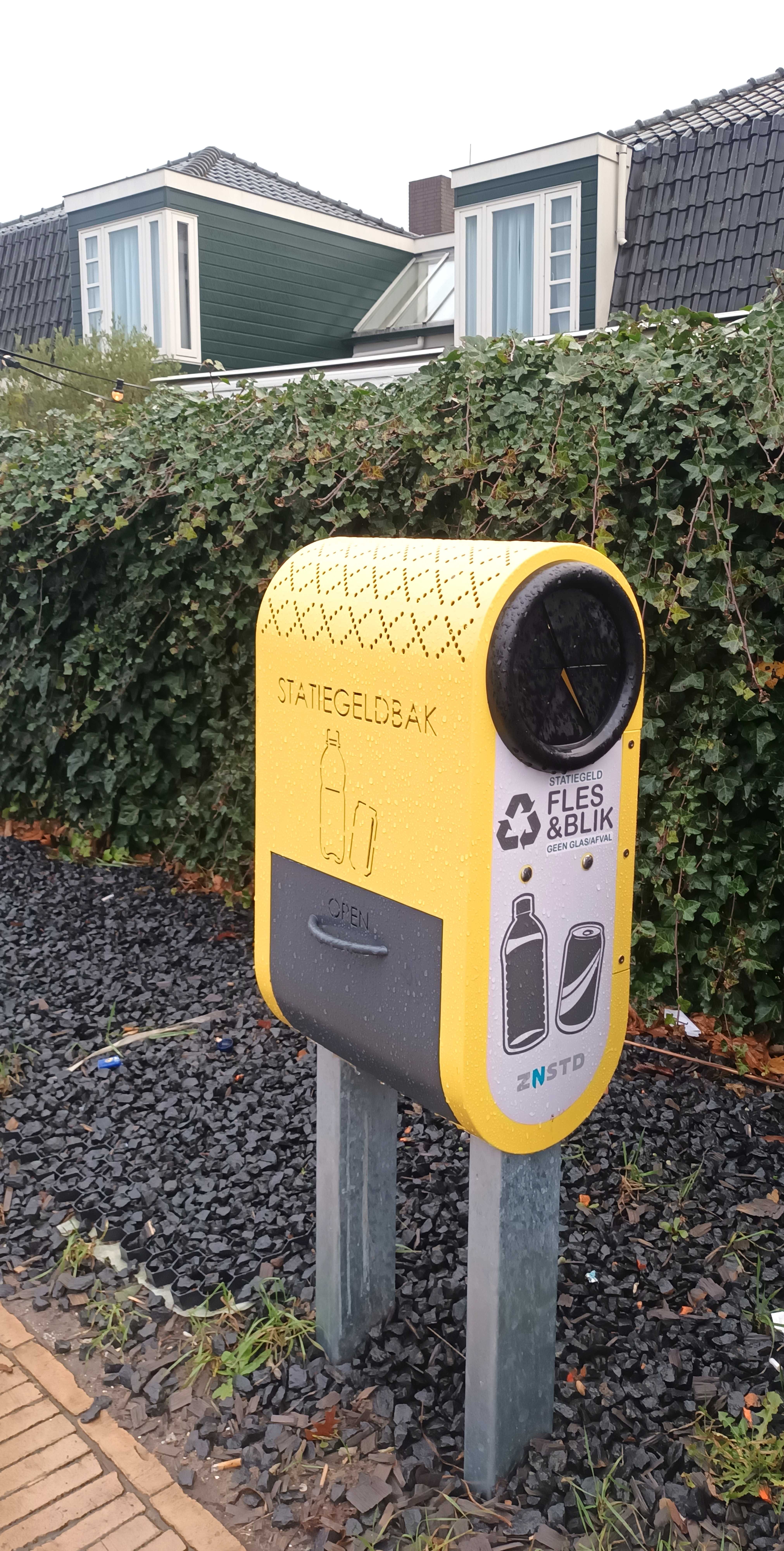
The Netherlands has long battled the sea, and that spirit of innovation now fuels its sustainability drive. In 2024, new policies were introduced to boost flood resilience, safeguard drinking water, and clean up polluted rivers. The Dutch government is committed to a circular economy by 2050, rolling out programs that reduce waste and promote recycling at every level, from households to industries. In 2023, a new initiative supported farmers in shifting to organic and low-chemical practices, improving soil health and reducing runoff. Urban areas are being transformed, with green roofs and permeable streets helping to manage stormwater. The Netherlands also exports its water management expertise worldwide, sharing solutions for rising sea levels and extreme weather. The country’s compact, well-planned cities make it a laboratory for sustainable living, with cycling, solar energy, and smart architecture all playing a part.
Costa Rica: Ecotourism Leader

Costa Rica’s small size belies its outsized impact on sustainability. Over 25% of the nation’s land is protected, making it a haven for wildlife and a magnet for eco-conscious tourists. By 2024, Costa Rica had doubled down on its pledge to go carbon neutral by 2050, expanding conservation areas and restoring degraded forests. In 2023, a nationwide effort focused on reforestation and ecosystem restoration, with local communities playing a big role. The government actively promotes sustainable tourism, encouraging visitors to support conservation projects and travel responsibly. Hydropower and geothermal energy provide most of the country’s electricity, keeping emissions low. Costa Rica’s approach is holistic—balancing economic growth, social well-being, and environmental protection. It’s no wonder the country is often cited as a model for how developing nations can lead on sustainability.
Switzerland: Sustainable Living Advocate

Switzerland is synonymous with clean living, and its environmental record is as polished as its Alpine peaks. In 2024, 80% of Swiss electricity came from renewable sources, mainly hydro and solar, making its grid one of the greenest in the world. The government enforces strict recycling and waste management laws, and the national recycling rate now tops 50%. In 2023, Switzerland unveiled a plan to cut food waste and promote sustainable farming, supporting local producers who use eco-friendly methods. Cities are designed for public transit, walking, and cycling, with car-free zones and green spaces the norm. Swiss water is famously clean, thanks to rigorous protection of lakes and rivers. The culture of sustainability runs deep, with citizens embracing everything from composting to sharing economies. Switzerland proves that high quality of life and environmental care can go hand in hand.
United States: Struggling with Sustainability

Despite its wealth and technological prowess, the United States continues to lag behind on many sustainability metrics. As of 2024, only 20% of the nation’s energy comes from renewables, a number that trails far behind global leaders. The past two years saw an uptick in carbon emissions, driven by increased fossil fuel production and consumption. In 2023, policy setbacks included the withdrawal from several international climate agreements, further weakening the country’s global reputation on environmental issues. While cities like San Francisco and New York are making strides with green building codes and clean transit, progress is uneven across states. Political polarization has stalled national climate action, leaving ambitious targets out of reach. Some positive signs exist—like growing solar and wind sectors—but the pace of change remains slow. The U.S. faces a steep climb if it hopes to catch up with the world’s sustainability leaders.
India: Environmental Challenges
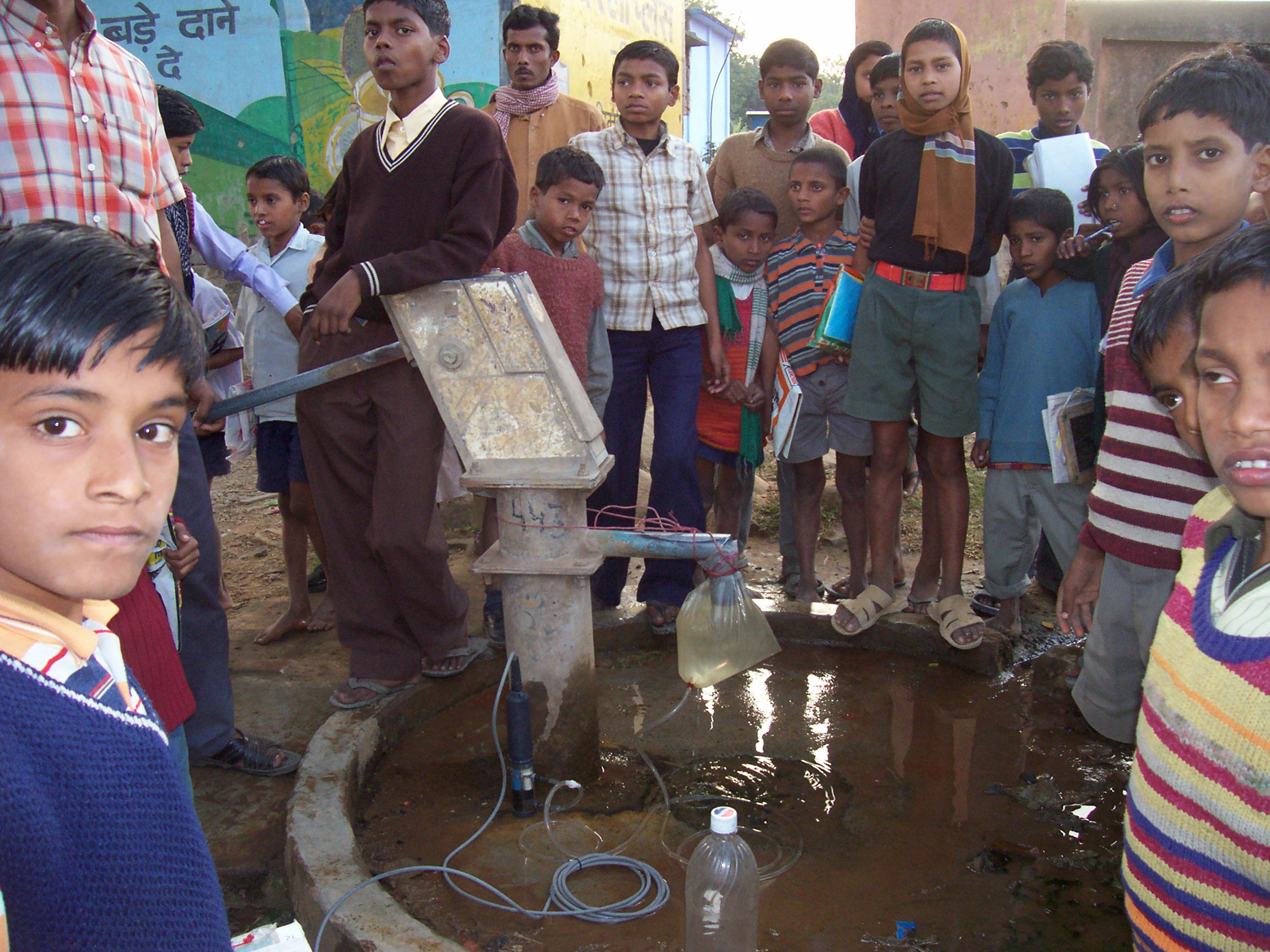
India’s sustainability journey is hindered by daunting environmental challenges. Air pollution in major cities regularly reaches hazardous levels, while water scarcity affects millions. As of 2024, just 10% of India’s energy mix was renewable, despite ambitious targets for solar power expansion. In 2023, efforts to curb emissions fell short, and overall pollution levels continued to rise. The central government has launched several campaigns to improve waste management, but implementation is patchy at best. Rapid urbanization, industrial growth, and a booming population place enormous pressure on natural resources. Some promising developments are underway, like large-scale solar parks and urban green spaces, but these remain exceptions. India’s massive scale and complexity make progress slow, with environmental degradation threatening health, biodiversity, and economic growth.
Brazil: Deforestation Concerns
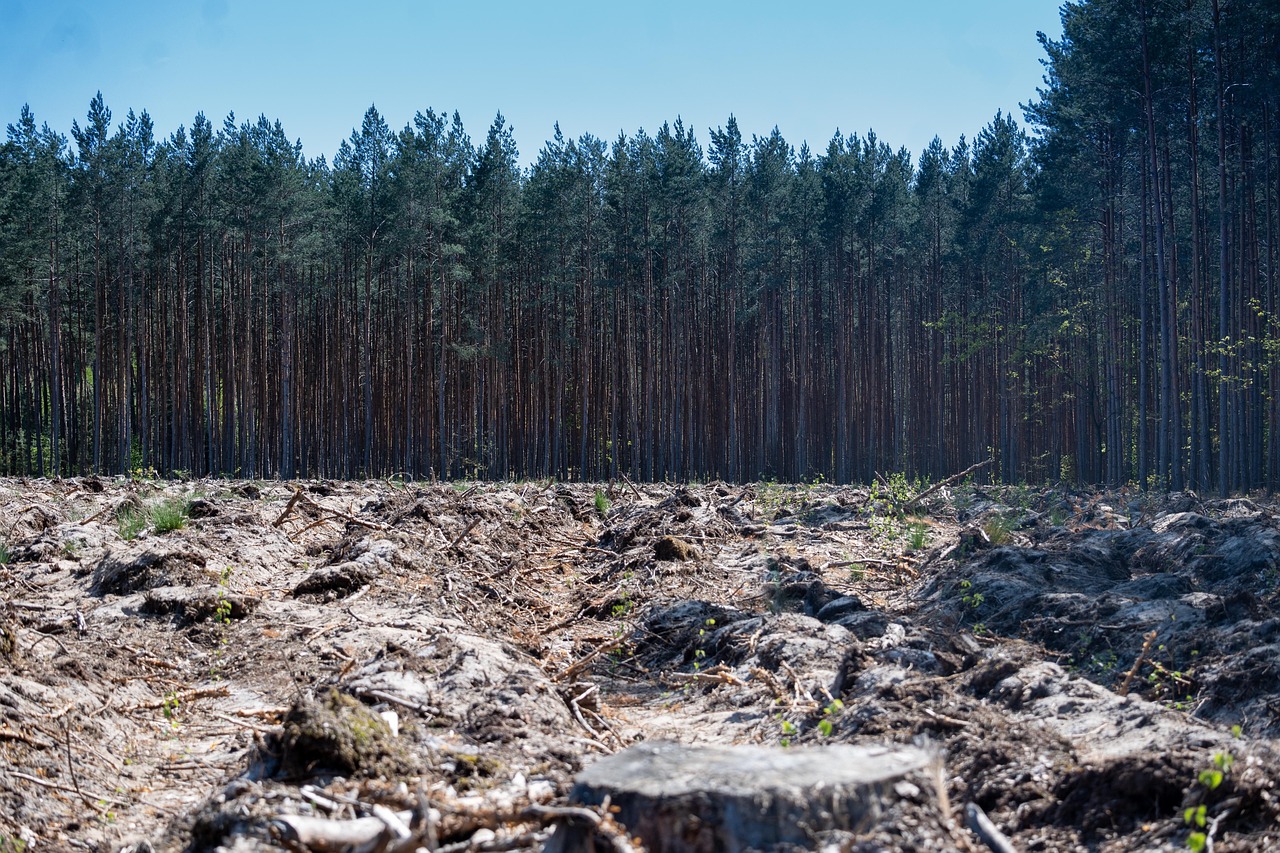
Brazil’s environmental story is dominated by the fate of the Amazon rainforest. In 2024, deforestation rates climbed again, erasing gains made in previous years and sending shockwaves through the global community. The Amazon, often called the “lungs of the planet,” is losing trees to illegal logging, land clearing for agriculture, and weak enforcement of environmental laws. In 2023, the government rolled out fresh measures to combat deforestation, but on-the-ground results remain mixed. Biodiversity loss is accelerating, with countless plant and animal species at risk. International pressure is mounting, as scientists warn that continued forest loss could push global climate systems past a tipping point. Brazil’s economy benefits in the short term from land exploitation, but the long-term costs for both the country and the planet are dire. The world is watching closely, hoping for a turnaround that matches Brazil’s vast natural potential.

